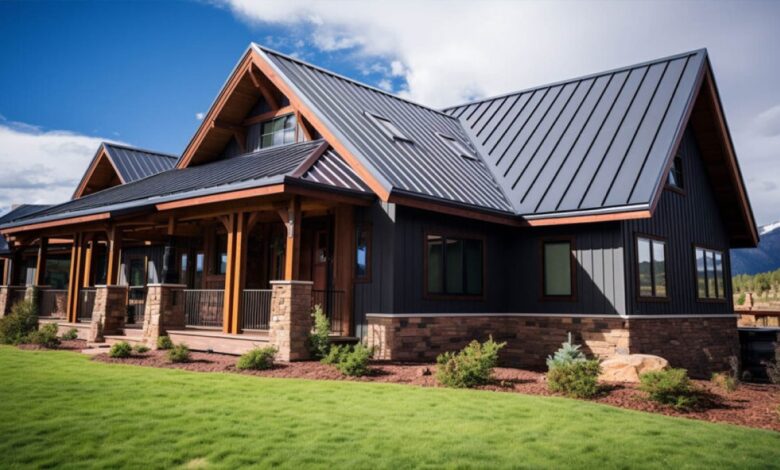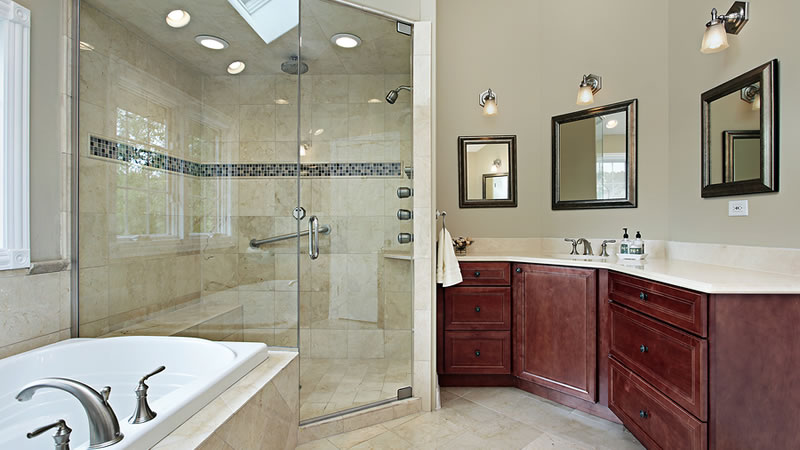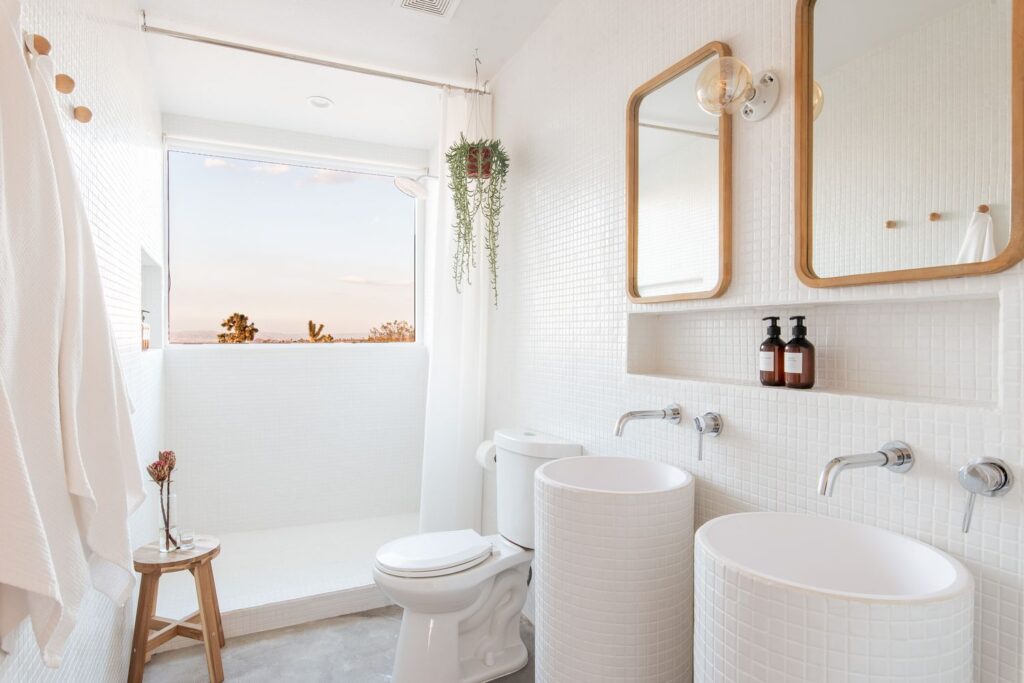Have you ever thought about how much energy your roof consumes or saves? With rising energy costs and increasing environmental concerns, energy-efficient roofing solutions have never been more critical. Let’s explore the many benefits of these innovative roofing systems.
Understanding Energy-Efficient Roofing
What is Energy-Efficient Roofing?
Energy-efficient roofing is designed to reduce the amount of energy required to heat and cool your home. These roofs use materials and technologies that reflect more sunlight and absorb less heat than standard roofing.
Key Characteristics
Key characteristics of energy-efficient roofing include high solar reflectance, thermal emittance, and the use of sustainable materials. These features work together to keep your home cooler in the summer and warmer in the winter.
Types of Energy-Efficient Roofing Materials
Cool Roofs
Cool roofs are designed with materials that reflect more sunlight and absorb less heat. They can be made from a variety of materials, including reflective paint, sheet coverings, and highly reflective tiles or shingles.
Green Roofs
Green roofs, also known as living roofs, are covered with vegetation and soil. They provide excellent insulation and help reduce the urban heat island effect.
Solar Roofs
Solar roofs integrate photovoltaic panels that generate electricity from sunlight. They offer the dual benefit of producing energy and providing roofing.
Reflective Coatings
Reflective coatings can be applied to existing roofs to enhance their energy efficiency. These coatings are usually made from materials like acrylic, silicone, or urethane.
Environmental Benefits
Reduction in Carbon Footprint
Energy-efficient roofs help reduce the carbon footprint of buildings by lowering the amount of energy required for heating and cooling.
Decreased Urban Heat Island Effect
By reflecting more sunlight and providing insulation, energy-efficient roofs help reduce the urban heat island effect, making cities cooler and more comfortable.
Improved Air Quality
Lower energy consumption means fewer emissions from power plants, which translates to improved air quality and a healthier environment.
Economic Benefits
Lower Energy Bills
One of the most significant benefits of energy-efficient roofing is the reduction in energy bills. By maintaining a more consistent indoor temperature, these roofs reduce the need for heating and cooling.
Potential Tax Incentives and Rebates
Many governments offer tax incentives and rebates for homeowners who install energy-efficient roofing systems. These financial incentives can significantly offset the initial installation costs.
Increased Property Value
Homes with energy-efficient roofing are often more attractive to buyers, potentially increasing the property’s resale value.
Health and Comfort Benefits
Enhanced Indoor Comfort
Energy-efficient roofs help maintain a more consistent indoor temperature, leading to enhanced comfort for the occupants.
Better Temperature Regulation
These roofs reduce the amount of heat that enters or escapes the home, ensuring better temperature regulation year-round.
Improved Occupant Health
By reducing the reliance on heating and cooling systems, energy-efficient roofs can improve indoor air quality, which is beneficial for occupant health.
Longevity and Durability
Resistance to Weather Elements
Energy-efficient roofing materials are often more resistant to weather elements, including UV rays, rain, and wind.
Extended Roof Lifespan
Due to their durability, energy-efficient roofs often have a longer lifespan compared to traditional roofs.
Reduced Maintenance Costs
With higher durability and resistance to the elements, energy-efficient roofs typically require less maintenance, saving homeowners time and money.
Choosing the Right Energy-Efficient Roof
Assessing Your Climate
When selecting an energy-efficient roof, it’s essential to consider your local climate. Different materials and technologies perform better in specific conditions.
Considering Your Budget
Energy-efficient roofing solutions come in a range of prices. It’s crucial to balance upfront costs with long-term savings.
Professional Consultation
Consulting with a professional can help you choose the best energy-efficient roofing solution for your home.
Installation Process
Finding a Reputable Contractor
Choose a reputable contractor with experience in installing energy-efficient roofs. Check reviews and ask for references to ensure quality work.
Installation Steps
The installation process typically includes removing the old roof, preparing the roof deck, installing insulation, and then applying the new roofing material.
Post-Installation Maintenance
Regular maintenance is crucial to ensure your energy-efficient roof performs optimally. Schedule inspections and cleanings as recommended by your contractor.
Case Studies
Successful Energy-Efficient Roofing Projects
Many homeowners and businesses have successfully transitioned to energy-efficient roofing solutions. These case studies highlight the benefits and challenges faced during the process.
Lessons Learned
Lessons from these projects can provide valuable insights into selecting, installing, and maintaining energy-efficient roofs.
Common Misconceptions
Cost vs. Long-Term Savings
While the upfront cost of energy-efficient roofing can be higher, the long-term savings on energy bills and maintenance often outweigh the initial investment.
Aesthetic Concerns
Energy-efficient roofs come in a variety of styles and colors, dispelling the myth that they are unattractive.
Compatibility with Existing Structures
Modern energy-efficient roofing solutions are compatible with most existing structures, making them a viable option for many homeowners.
Future Trends in Energy-Efficient Roofing
Technological Advancements
Advancements in roofing technologies continue to improve the efficiency and performance of energy-efficient roofs.
Emerging Materials
New materials are being developed to enhance the energy efficiency of roofs, offering even more options for homeowners.
Regulatory Changes
As energy efficiency becomes a greater priority, regulatory changes may further incentivize the adoption of energy-efficient roofing solutions.
DIY vs. Professional Installation
Pros and Cons of DIY
DIY installation can save money but requires significant time and effort. It also carries the risk of improper installation.
Benefits of Hiring a Professional
Hiring a professional ensures proper installation and maximizes the benefits of your energy-efficient roof. Professionals have the expertise and tools needed to complete the job efficiently and effectively.
Maintenance Tips for Energy-Efficient Roofs
Regular Inspections
Schedule regular inspections to identify and address potential issues early.
Cleaning and Upkeep
Keep your roof clean and free of debris to maintain its efficiency and appearance.
Addressing Minor Issues Promptly
Address minor issues promptly to prevent them from becoming major problems.
Conclusion
Investing in an energy-efficient roof offers numerous benefits, including lower energy bills, environmental impact reduction, and increased property value. Whether you’re building a new home or upgrading your current roof, energy-efficient solutions are worth considering for their long-term advantages.
FAQs
What is the best material for energy-efficient roofing?
The best material depends on your specific needs and climate. Cool roofs, green roofs, and solar roofs are all excellent options.
How much can I save on energy bills with an energy-efficient roof?
Savings vary, but many homeowners report significant reductions in their energy bills, often between 10-30%.
Are there any government incentives for installing energy-efficient roofs?
Yes, many governments offer tax incentives, rebates, and grants for installing energy-efficient roofing systems.
How do I maintain an energy-efficient roof?
Regular inspections, cleaning, and prompt repair of any issues are key to maintaining an energy-efficient roof.
Can energy-efficient roofing solutions work for older homes?
Yes, modern energy-efficient roofing solutions can be adapted to fit older homes, improving their energy performance.




